Most folks en route to Sugarloaf on Route 27 north zip through Kingfield, the last town of blinkable size before arriving at the ski resort. Some stop for groceries or a jolt of java. Only a few detour off the highway to the Stanley Museum. Once the town’s schoolhouse, it’s now dedicated to educating visitors about Kingfield’s most famous native sons, twin brothers Francis Edgar (F.E.) and Freelan Oscar (F.O.) Stanley.
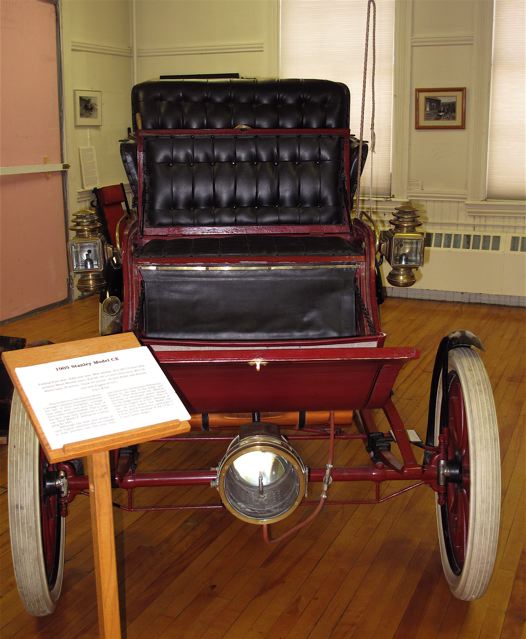 The twins may be best known for the Stanley Steamer, but their legacy of invention and innovation extends far beyond either the automobile or Kingfield.
The twins may be best known for the Stanley Steamer, but their legacy of invention and innovation extends far beyond either the automobile or Kingfield.
The Georgian-style schoolhouse that houses the museum was designed and funded by the Stanleys in 1903 as a gift to the town. It’s a fitting place to learn about their remarkable feats. Two downstairs classrooms, the Car Room and the Family Room, detail their story through photographs, letters, and artifacts.
Kim Richmond White, the office manager, is one of a handful of museum employees and volunteers who assist visitors, starting in the Car Room. “There were 10,800 steamers produced between 1897 and 1924, and about 600 are known to be in existence worldwide, with about 400 of those in running order,” she recounted.
On exhibit are 1905, 1910, and 1916 Stanley Steamers; the more recent models are fully restored and operational. “They don’t drive like other automobiles,” White noted, pointing to the nozzles and dials. “It takes 40 minutes just to get one started, and the early models required about one gallon of water per mile.”
F.E. Stanley designed and built his first steam-powered automobile more as a hobby than a business, but its success as an unofficial entry in both the speed and hill climb competitions at the 1898 Boston automobile show generated orders.
The Stanley Steamer earned headlines during its brief life. On Aug. 31, 1899, a Steamer marketed as a Locomobile made the first automotive ascent of Mount Washington, N.H., and in 1906, a Stanley set a land speed record of 127.659 miles per hour.
The rest of the Stanley story, alluded to in the Car Room, is fleshed out in the Family Room. Prior to tinkering with cars, F.E. was a talented portrait artist, and in seeking a way to lessen the sitting time of his subjects, he developed and patented “an improvement to the atomizer,” considered the first airbrush. Among his subjects was poet Henry Wadsworth Longfellow.
F.E. later switched to photography, and again seeking to expedite the process, he developed a negative dry plate coating in 1881.
A couple of years later, F.O. joined F.E. in the Stanley Dry Plate Co., and together they developed the first dry plate coating machine. It revolutionized production, increasing it from 60 plates per hour to 60 per minute. They moved the company to Newton in 1890, and 10 years later, they were grossing nearly $1 million annually. They eventually sold the firm to George Eastman, of Eastman Kodak.
The twins also are credited with building the first poured concrete building in the country, designing a locomotive, and crafting violins worthy of a symphony orchestra. Let’s just say that learning about the Stanley Brothers is a good reason to go back to school.




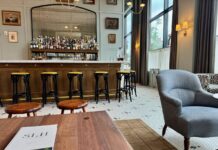

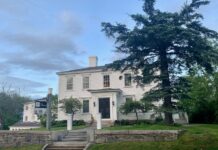
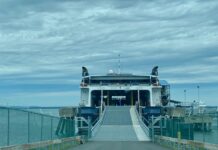
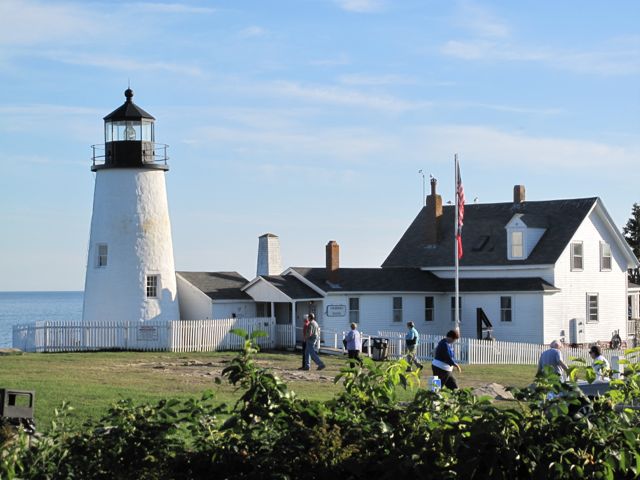




[…] of the famed Stanley twins of Stanley Steamer fame (you can learn more about the family at the Stanley Museum in […]
Comments are closed.